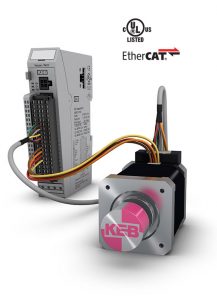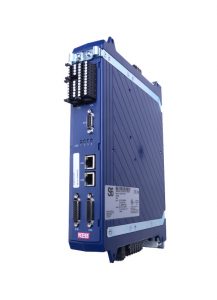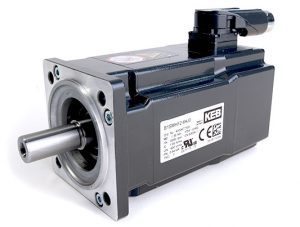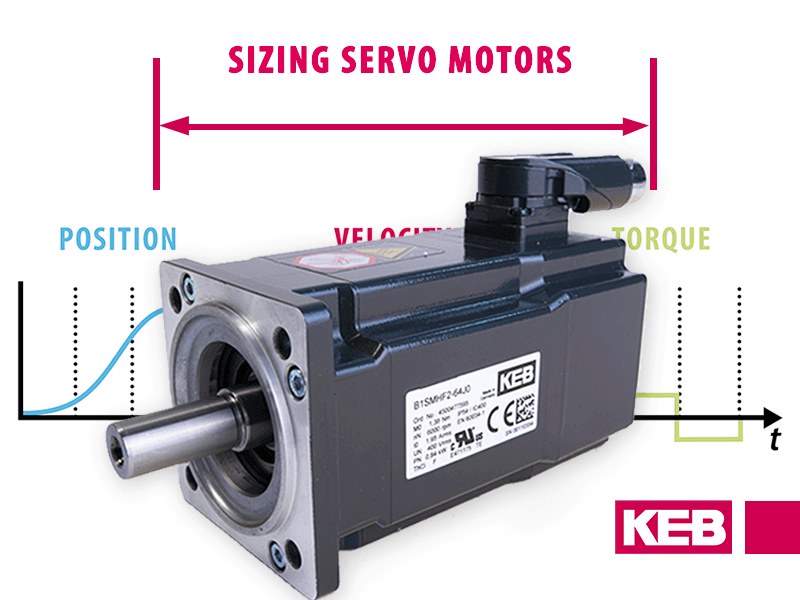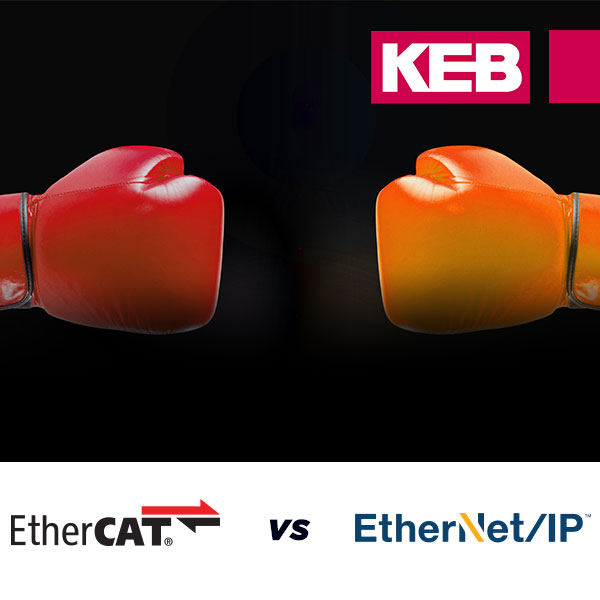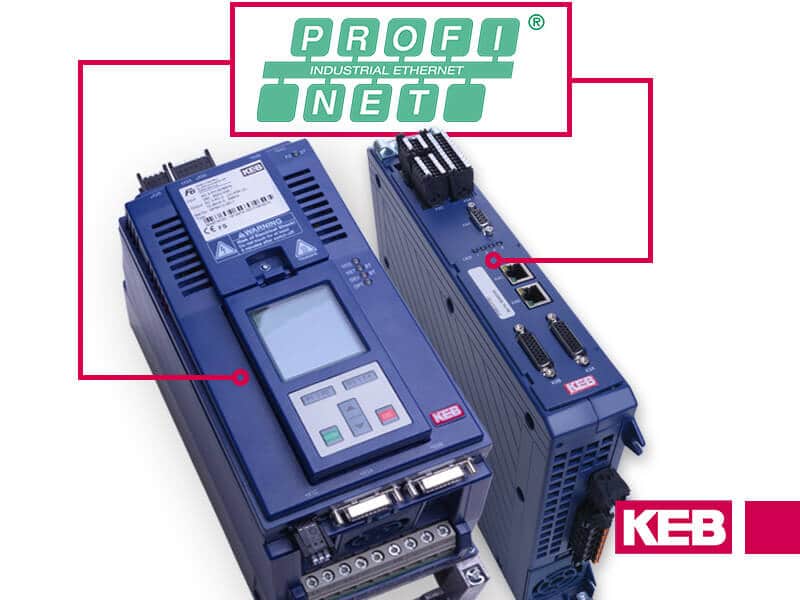Stepper Motor vs. Servo Motor: Which Is Right for Your Application?
Navigating the industrial marketplace today and selecting the right motor for your application can take time and effort. The motor landscape is diverse, including options like induction, synchronous reluctance motors, stepper motors, and servo motors.
Compounding the challenge is that information on each motor type often needs to be more complex and technical. This post aims to demystify the differences between stepper and servo motors and guide you in choosing the most suitable technology.
Understanding these motors’ key features and differences ensures your investment meets technical specifications and aligns with your long-term operational goals.
What is a Stepper Motor?
A stepper motor is a particular type of brushless DC motor. These motors are designed to move discretely, achieving a high pole count per revolution. For instance, a motor with 200 steps per revolution offers a precise position resolution of 1.8° per pulse (360° / 200 pulses).
Each pulse from the stepper controller causes the motor to move in the designated direction, forward or reverse, corresponding to the number of pulses received. In our example, 100 pulses would result in a 180° motor rotation.
Stepper motors are particularly renowned for their reliability and simplicity, making them a popular choice in applications where the precision of movement is more critical than the speed of operation.
Pros
One significant advantage of stepper motors is their ability to offer open-loop positioning, contrasting with open-loop induction motors, which lack this precision. Most stepper motors do not include feedback mechanisms, reducing the overall cost of a stepper and control solution. Their affordability and simplicity are significant reasons for their widespread application in various industries.
One advantage in industrial applications is that a stepper motor can be run with a DC-powered stepper drive. They do not require larger inverters that input 230/460VAC and need bulky fusing and cabling, which can be significant with multi-axis applications.
Stepper Motor Applications
Stepper motors are used in various industries and small power applications, from 3D Printers to adjustable conveyors and small metering pumps. Their ability to provide precise, controlled movements makes them ideal for applications where cost-efficiency and simplicity are essential.
With their consistent performance in repetitive tasks, stepper motors are particularly valuable in production and manufacturing settings driven by precision and repeatability.
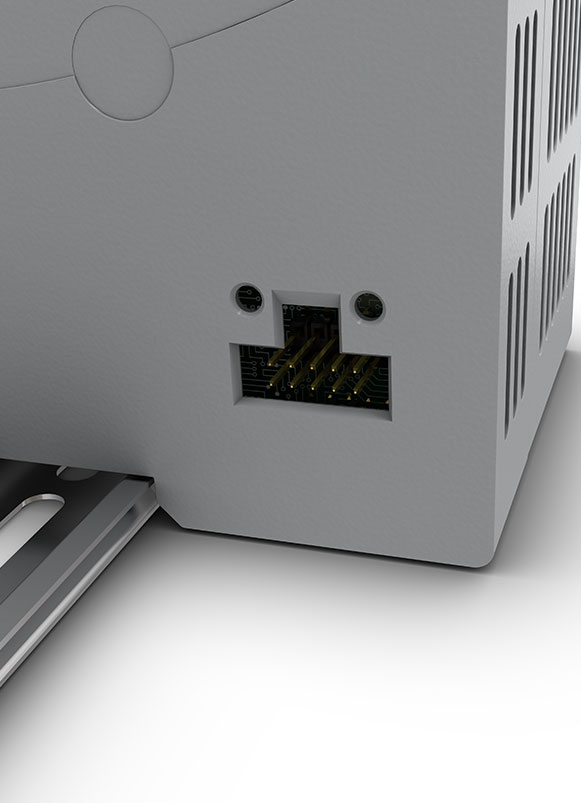
Cons
Stepper motors can sometimes “lose” their position. This issue arises if the motor does not generate enough torque to move the load, at high speeds where it cannot lock in at each step, or if the load’s inertia exceeds the intended stop point.
Some stepper motors incorporate feedback devices like incremental encoders as a way of addressing the issue of critical position accuracy. This feedback helps identify deviations from the expected position, allowing the motor to adjust as necessary.
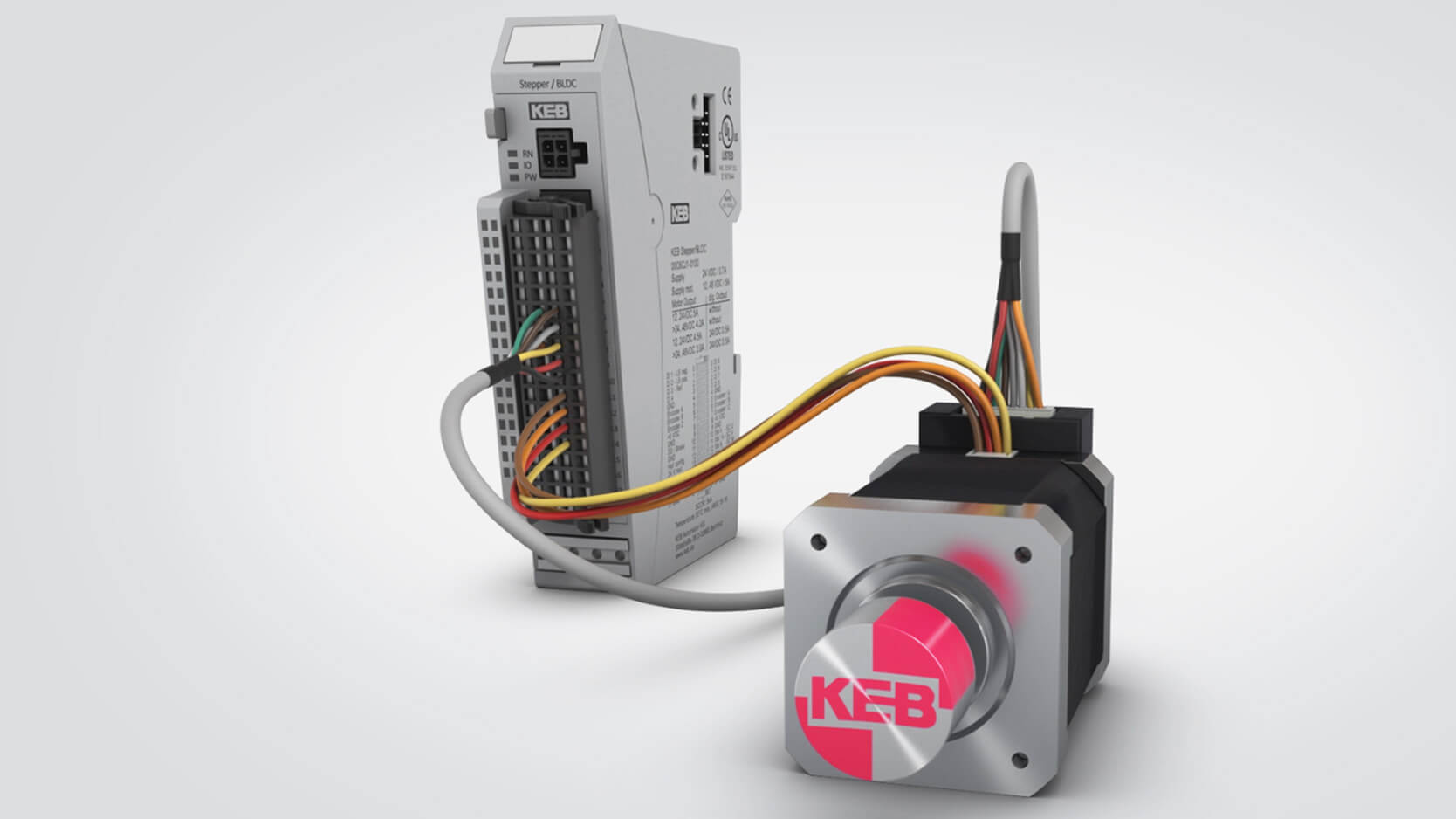
If the load torque exceeds the stepper’s capacity, the motor may stall and become unable to self-correct. For applications where continuous operation and consistent load are expected, it’s essential to evaluate if a stepper motor’s limitations align with your operational requirements.
Stepper motors also lack memory of their position when powered down, necessitating a homing routine with each power-up, as in home printers.
What is a Servo Motor?
In automation applications, a servo motor generally refers to an AC permanent magnet synchronous motor. These motors feature a stator similar to an induction motor but have rotors equipped with rare earth magnets.
This design eliminates slip (common in induction motors), allowing the servo motor to operate at a synchronous speed defined by the frequency and pole count (rpm=120*Frequency# of Poles).
Servo motors are often chosen for their advanced control capabilities, offering precise movement and speed regulation in more complex and demanding applications.
Pros
With their rare earth permanent magnets, AC servo motors offer best-in-class torque density, which makes them ideal for dynamic motor applications that require quick acceleration and deceleration. Servo motors include feedback mechanisms, such as resolvers or encoders, essential for effectively controlling rotor position and torque.
Unlike stepper motors, servo motors can provide momentary peak torque across their speed range. A servo motor’s peak torque can be essential in specific applications and result in an optimized motor selection. Additionally, AC servo motors operate at much higher speeds than stepper motors.
KEB servo motors can be equipped with absolute encoders. Absolute encoders retain their position information even when the system is powered down. This can be very important in applications where rehoming is not possible.
Servo Motor Applications
Servo motors are well-suited for a range of industries and applications, including powering conveyor systems for packaging machines, metal cutting and forming machines, and robotics.
Their high-performance capabilities make them a go-to choice for applications where precision and power are paramount and downtime is costly.
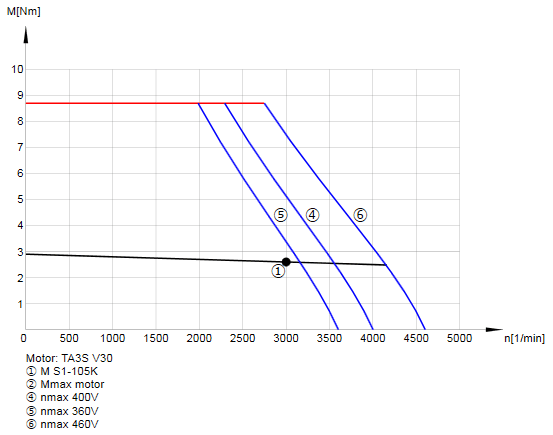
Critical motion control applications involving functional safety and handling critical or expensive products (e.g., semiconductor machines) should use servo motors with feedback. A stepper motor/control’s low-cost benefit does not justify the risk of injury or product failure.
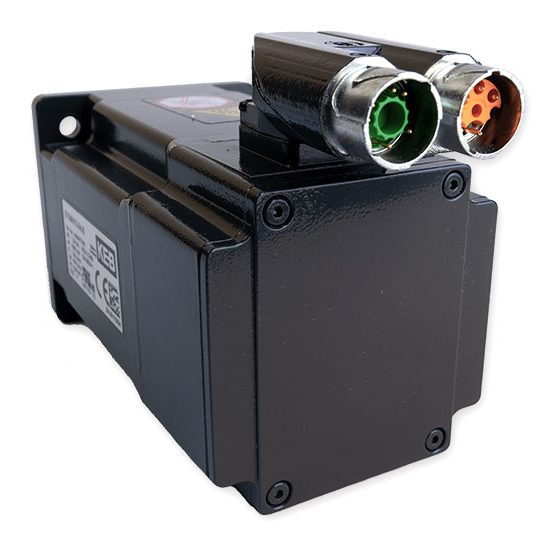
Cons
The primary downside of servo motors is their higher cost compared to stepper motors, especially for smaller power applications (e.g., 500W and below). If an application does not require a servo motor’s precision and high torque overload, then a stepper might be the more economical option.
While evaluating the cost, it’s crucial to consider the long-term operational benefits and potential savings in maintenance and efficiency that a servo motor can bring.
Which is Better: Stepper Motor or Servo Motor?
Choosing between stepper and servo motors depends heavily on your specific application requirements. While stepper motors are an excellent fit for applications where cost-effectiveness and simplicity are critical, servo motors shine in high-precision, speed, and torque scenarios.
In making your decision, consider the immediate application needs, future scalability, and the potential need for more complex operations.
What Does KEB Offer?
At KEB, we offer a range of products supporting both stepper and servo motor technologies. Our stepper drive module controls motors up to 5A, incorporating CiA 402 motion control profiles.
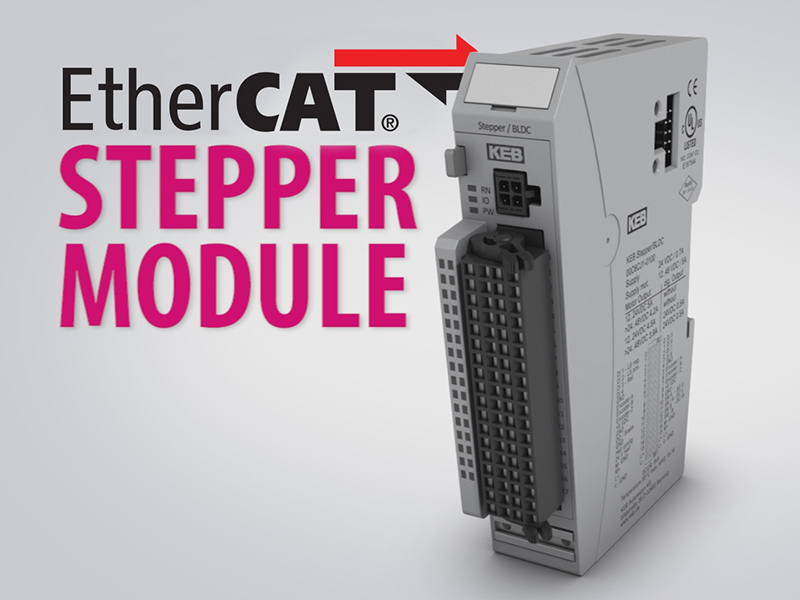
On the servo side, KEB servo motors deliver speeds up to 9000rpm and nominal torques up to 70Nm. Our S6 and F6 drives combine performance and flexibility, making them ideal for a variety of servo applications.
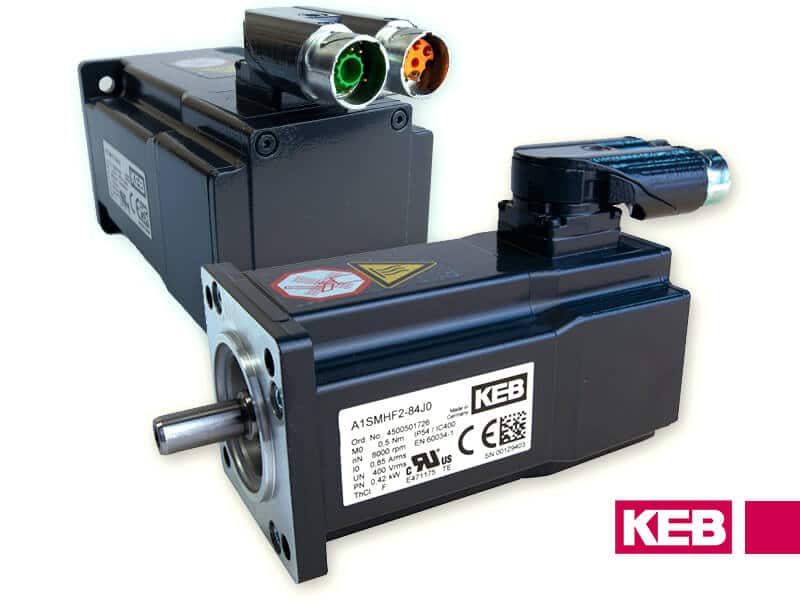
Let's Work Together
Connect with us today to learn more about our industrial automation solutions—and how to commission them for your application.
